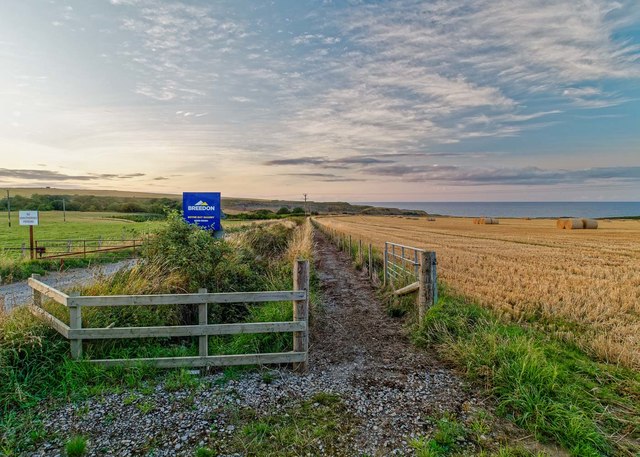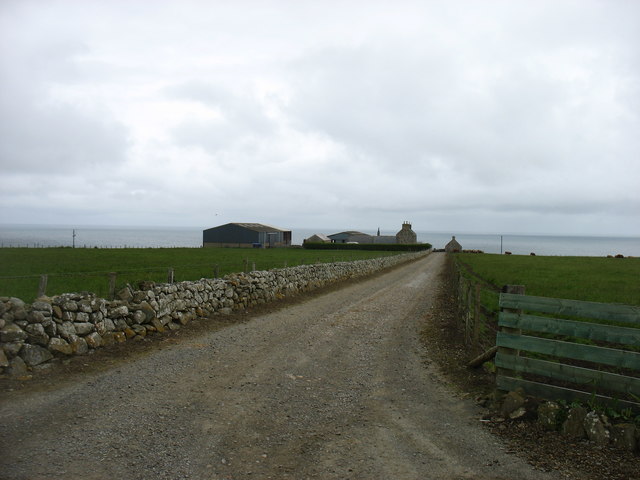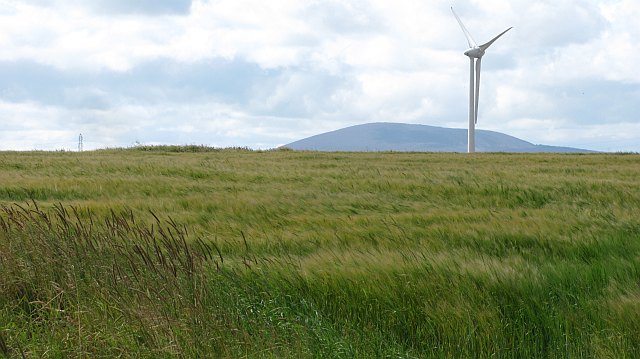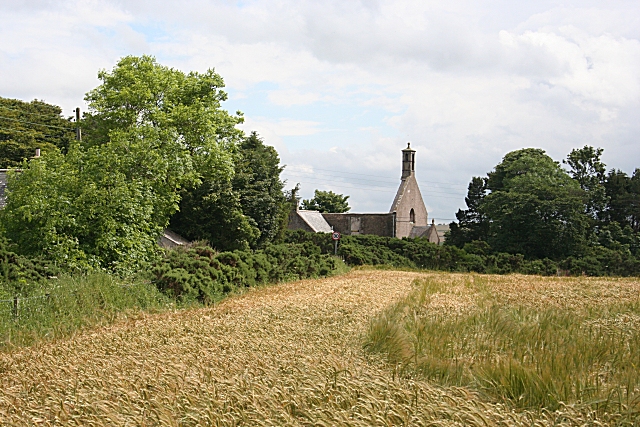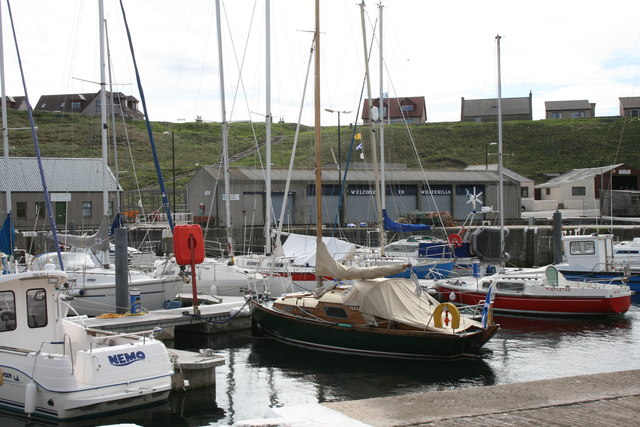Bear's Head
Island in Banffshire
Scotland
Bear's Head
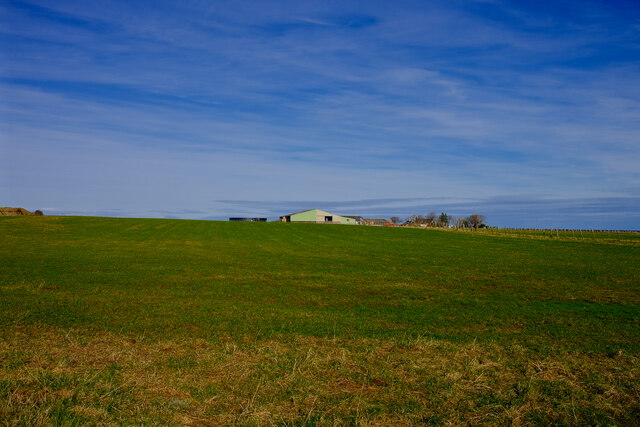
Bear's Head is a small island located off the coast of Banffshire, Scotland. Situated in the North Sea, the island is known for its unique rock formation that resembles the head of a bear, hence its name. The island covers a total area of approximately 2 square kilometers and is predominantly composed of rugged cliffs and rocky terrain.
Access to Bear's Head is limited, as it can only be reached by boat or during low tide when a narrow strip of land is exposed, allowing visitors to walk across. Due to its isolated location, the island remains largely untouched by human development, making it a haven for wildlife and a popular spot for nature enthusiasts.
The island is home to a diverse range of bird species, including puffins, gannets, and razorbills, making it an attractive destination for birdwatchers. Additionally, seals and dolphins can often be spotted swimming in the surrounding waters.
Hiking and exploration opportunities abound on Bear's Head, with various walking trails offering stunning panoramic views of the surrounding sea and nearby cliffs. However, visitors are advised to exercise caution as the terrain can be treacherous, with steep drops and slippery rocks.
Overall, Bear's Head is a picturesque and remote island in Banffshire, offering a unique and unspoiled natural environment for those seeking a peaceful escape and an opportunity to observe Scotland's stunning wildlife.
If you have any feedback on the listing, please let us know in the comments section below.
Bear's Head Images
Images are sourced within 2km of 57.681521/-2.616225 or Grid Reference NJ6365. Thanks to Geograph Open Source API. All images are credited.


Bear's Head is located at Grid Ref: NJ6365 (Lat: 57.681521, Lng: -2.616225)
Unitary Authority: Aberdeenshire
Police Authority: North East
What 3 Words
///grumbles.nipping.term. Near Whitehills, Aberdeenshire
Nearby Locations
Related Wikis
RAF Banff
Royal Air Force Banff or more simply RAF Banff is a former Royal Air Force station located 4 miles (6 km) west of Banff, Aberdeenshire, Scotland and 14...
Boyndie
Boyndie is a village in Aberdeenshire, Scotland. == History == Boyndie was once home to RAF Banff Strike Wing, which played a pivotal role in protecting...
Boyne Castle
Boyne Castle (also known as the Palace of Boyne) is a 16th-century quadrangular castle about 1.5 miles (2.4 km) east of Portsoy, Aberdeenshire, Scotland...
Whitehills
Whitehills is a small fishing village in Banffshire, Scotland, that lies three miles (five kilometres) west of Banff on the Moray Firth. It forms part...
Nearby Amenities
Located within 500m of 57.681521,-2.616225Have you been to Bear's Head?
Leave your review of Bear's Head below (or comments, questions and feedback).


